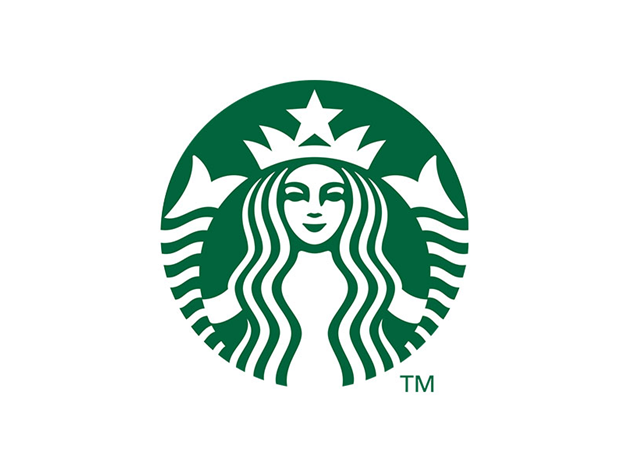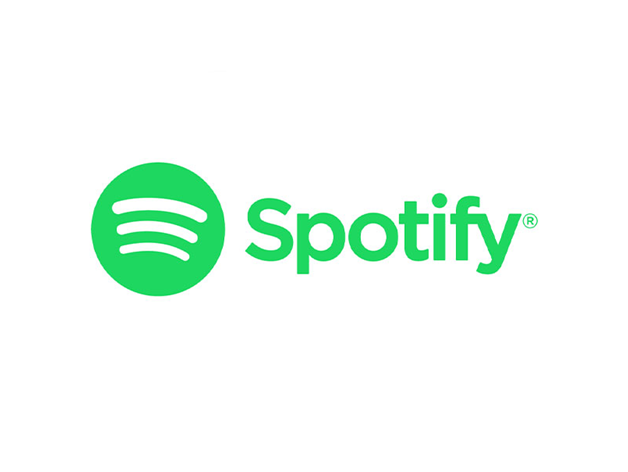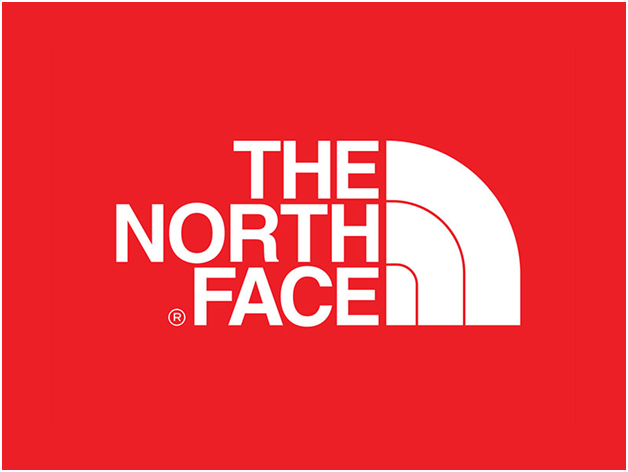With over 2.5 quintillion bytes of data being produced every day, the data is on overdrive, and it is accelerating at a break-neck pace. From Fb likes to Fb posts, twitter tweets to insta shares the digital world is bombarding with data that is flooding out from dozens of connected devices we use every day.
However, this colossal amount of data never sleeps. Companies, businesses and organisations are turning to more advanced platforms like Big Data and AI to enhance their process, revenue and productivity.
They apply big data analytics on the data produced by their customers to gain insights and uncover trends. However, deploying Big Data, AI, and ML is all about putting it to the right use.
Let’s see the application of these robust technologies and how big brands are using Big Data as a part of their core business. But before that let’s understand what exactly is Big Data?

It is a term applied to accumulated data whose size is beyond the ability of traditional relational databases. It is generated in real-time and comes from devices like sensors, networks, web and social media in three different forms viz, structured, unstructured and semi-structured.
We conduct more than half of the web searches from our smartphones which again piles up to a massive amount of data. Users are consistently offering their data to companies and companies are using modern big data analytics systems for speedy and efficient analytical procedures.
Big Data analysis allows business users, analysts and researchers to make a faster and better decision using the inaccessible and unusable data.
Amazon uses Big Data Analytics so that it can stalk you.

Amazon is one of the leading eCommerce companies today into the world of online retail stores and no doubt how efficiently it manages the database it has. The company uses Big Data for targeting marketing and has helped the brand evolve as a giant among eStores.
To build company loyalty, and increase customer satisfaction, the company thought of stalking its customers with the help of Big Data and let’s see how it has helped them.
Personalised Recommendation System
Amazon uses the CFE (collaborative filtering engine) technique to analyse the purchasing pattern of its buyers.
The company makes 35 percent of its sale annually by using this method.
It eyes into your cart, your wishlist, the items you searched the most and then used predictive analytics to recommend you with the same products when you return to the site again.
Anticipatory Shipping Model.
Amazon uses Big Data analytics so that it can predict the products you are about to purchase, and when you are going to add them to the cart. The technology is smart and quickly predicts the local distribution warehouse from where the items will be shipped, thus reducing the delivery time and increasing the overall expenses.
Netflix uses Big Data to generate trillions

Netflix, with a valuation of over $164 billion, has 93 per cent customer retention rate as compared to its competitors. It collects data from its 151 million users so far and uses data analytics to figure out customer behaviour and buying patterns.
How come Netflix uses such a large amount of data to deliver such good customer experience?
The database of Netflix has screenshots of scenes that people might have seen again and again. They get deep into the data of its users and tracks things like:
Where did you pause, did you fast-forward or rewind the scene, at what time and weekdays do you watch the content if you resumed the show after pausing it?
With the help of this data, it creates a profile for its users that requires data analytics and recommendation algorithms to suggest T.V. shows and movies.
How did Big Data factor into House of Cards?
Back in 2011, Netflix made a significant monetary investment on the U.S. version of “House of Cards”. Each episode was priced at a cost ranging between $4 millions to $6 million giving these two seasons with price tags over $100 million.
So, how did they probe into this? Was it any analytic factor-like Big Data that factored into “House of Cards”? Let’s go deep into it.
Before the streaming of “House of Cards“, Netflix knew that users who have already watched David Fincher’s “The Social Network” will surely go to watch the British version of it and those who watched the British version “House of Cards” also watched Kevin Spacey films. These factors compelled Netflix to make a wise investment of $100 million in creating the U.S. version of “House of Cards”.
Vice President of Corporate Communications Steve Swasey said that “We are highly confident with the streaming of “House of Cards” because of its directors, producers and stars. Our algorithms restrict us to spending millions to get people to tune into it.
Robust data analytics models can churn out meaningful information from terabytes of data so that it can present incredible insight into the user’s performance.
Starbucks

Do you know the global brand, Starbucks’ secret ingredient to its success?
With over 27,000 outlets across the world, Starbucks generates revenues using its customer data. It includes methodologies like ethnography and innovative use of big data analytics to predict the pricing strategy, product development, real estate development and trade promotion strategy.
So, how does Starbucks collect data from its customers?
Starbucks provides rewards programs to its customers and in return, collects its data. With the data, the company can roll out better market campaigns and generate new menus and decide the location of their upcoming store. The entire system is well organised that it offers its customers products based on their location, weather and season of the year.
Menu Design and Optimization
Besides, grinding a massive amount of coffee beans, Starbucks also grinds and analyses its vast amount of data using a predictive analysis method. It uses the data to create a digital menu board which further can drive and increase sales strategically.
The most exciting part of this innovative digital menu board is that it can display different items based on the time of day, the month of the year, and season of the year. It means a customer will prefer cold drinks if the weather is hot and a cup of coffee if the weather is cold). Also, there is a dynamic change in pricing, which varies as per the demand of its customers.
Traces the new set up for store location
Starbucks never plans the location on its own; instead, it relies on the power of mapping and business intelligence tools. They use Atlas, a data intelligence tool by Esri that analyses and evaluates a massive amount of data that recommends them with a new store location based on demographics, traffic patterns and proximity of other Starbucks locations.
Starbucks Products into Grocery Stores
Starbucks expanded its service and decided to offer its products so that the customers can purchase it from grocery stores and enjoy it at their home.
So, how do they decide which products will be high on consumption?
It combined data it had from its stores about how customers ordered their beverages and combined that intelligence with other industry reports about at-home consumption to create their grocery store product lines. From pumpkin spice caffe latte K-cups to iced coffee without milk or added flavours, Starbucks’ data-driven approach to production expansion is smart business.
Spotify integrates Big Data to drive success

Spotify, with over 108 million paying subscribers and 124 million free users has been the largest on-demand music company known for pushing the technological boundaries and integrating big data, artificial intelligence and machine learning to drive success.
This streaming service uses data collected by its users in an impactful way. In 2012, it came up with it’s “Discover” feature that creates a custom playlist unique to each listener’s activity which involves machine learning algorithms. Let’s see how it works:
If a subscriber played a track and paused it within 30 seconds,then this algorithm will not add that genre and not include that song’s data while creating the playlist. Spotify gives it a “thumbs down” and moves to the next music which the listener has added to the playlist.
It tells the platform that the user has positively aligned with the taste and helps them in developing the user’s overall taste profile.
NORTH FACE

North Face is a name which most of you are not familiar with. It is a renowned clothing brand that offers active and outdoor-friendly fashions. The V.Y. Corporation’s brand North Face partnered with IBM Watson to develop an app that can fulfil the customer’s personal need when shopping for outwear.
A big thanks to Watson analytics that taps A.I. and ML into the solution so that it can deliver highly personalised customer experience through a mobile app.
It uses big data and artificial intelligence (A.I.) to solve this problem and help the users navigate the online store like a sharp in-store associate. The need for machine learning companies in India is growing with a tremendous growth in ecommerce businesses. The A.I. tool used acts as both a personal shopper and knowledgeable sales associate for the online consumer.
Customers can directly contact the company phone number and engage with Watson. On the call, the system will work like a human salesperson and walks the buyer through several questions and shopping experiences.
For example, they can ask you, “How can I help you shop for a Jacket today?
With the help of IBM Watson, we are exploring A.I. technology to help you find the perfect jacket for your next adventure.
After this, the customer’s response will determine the products and goods Watson recommends to you.
So, what's your take?
Handling a gigantic amount of data is becoming a difficult task for the companies and organisations these days. And, here comes the Big Data in play that can hold and analyse these much big data of its users. Treasure all the data you are provided with so that you can make informed decisions faster.
By the time, Big data coupled with AI, and ML has proved to be an essential investment for a growing business. To understand your clients and generate more sales, it will be an add on if you implement big data analytics in your organisation.
As the top brands have already embraced the power of Big Data, now it’s your turn to move ahead and hire programmers in India for AI and ML development so that you can grow as big as these brands have already been.




